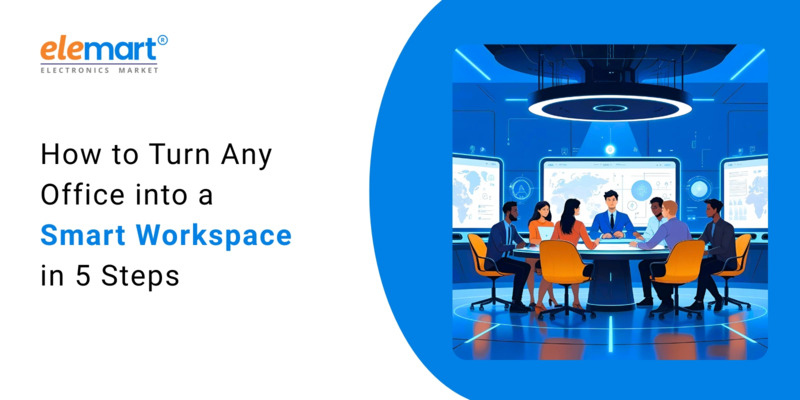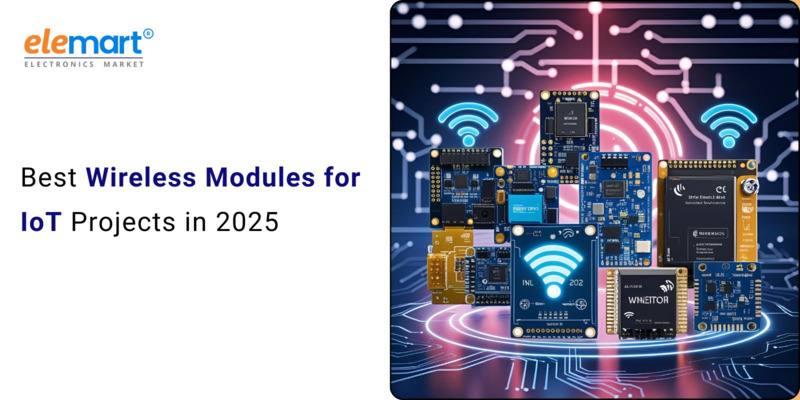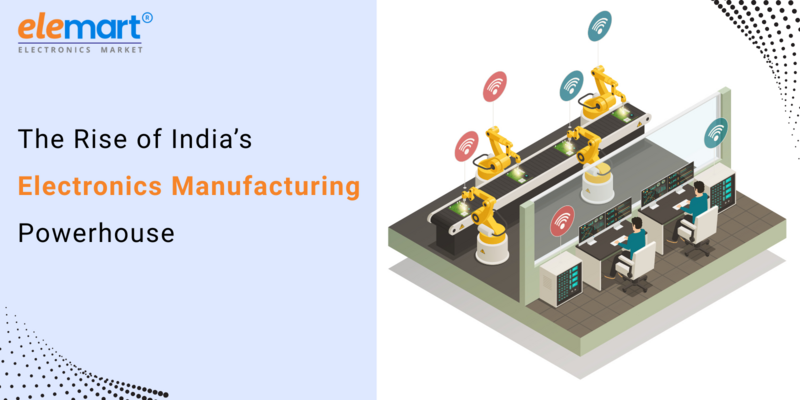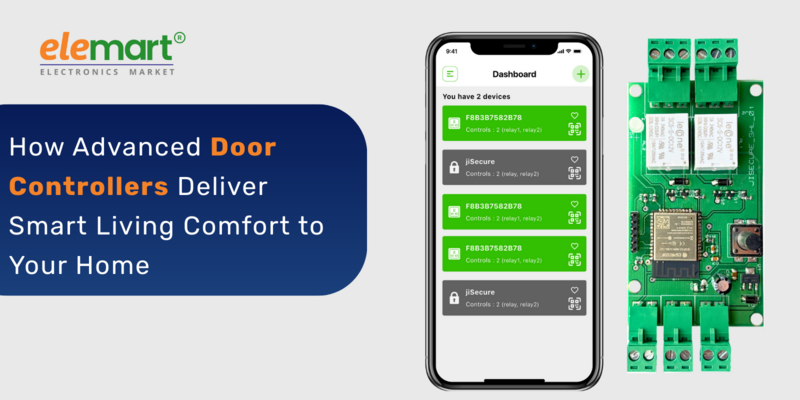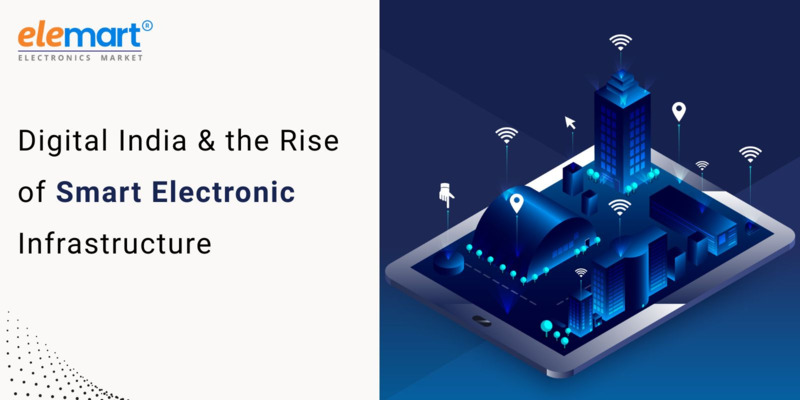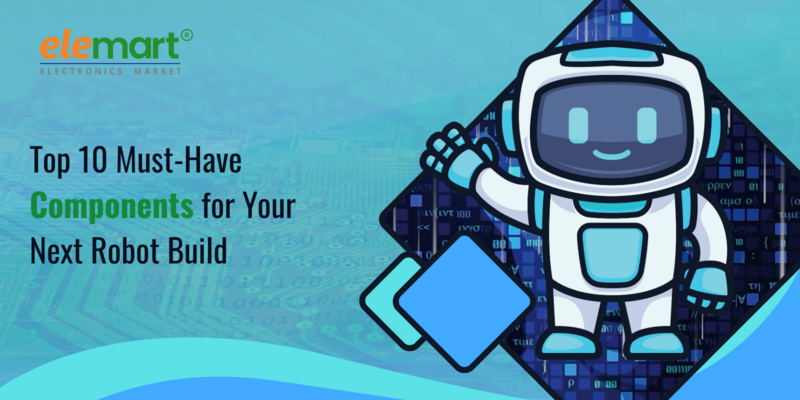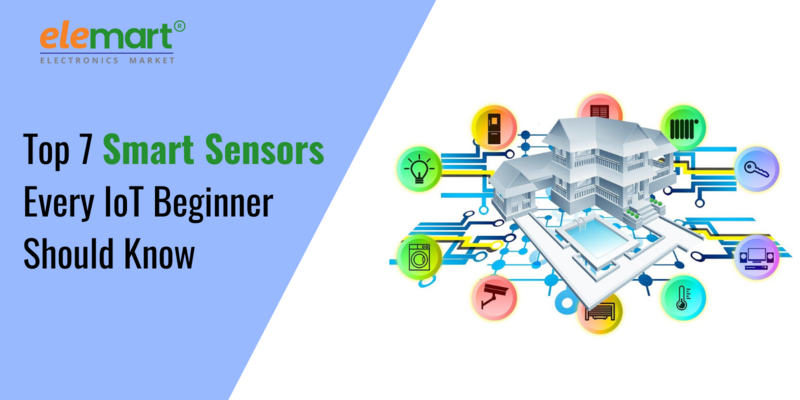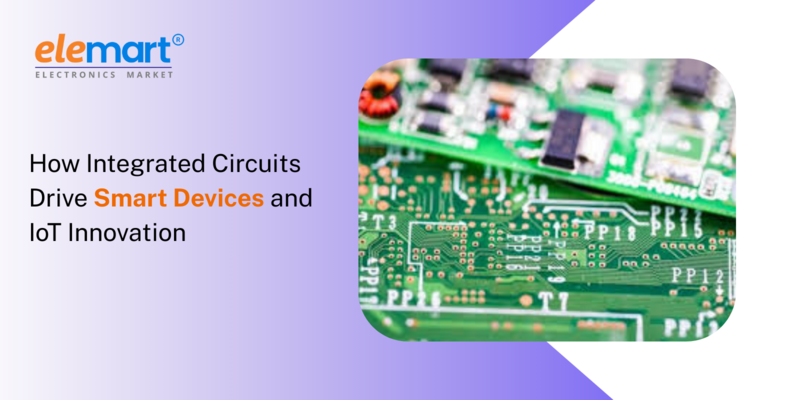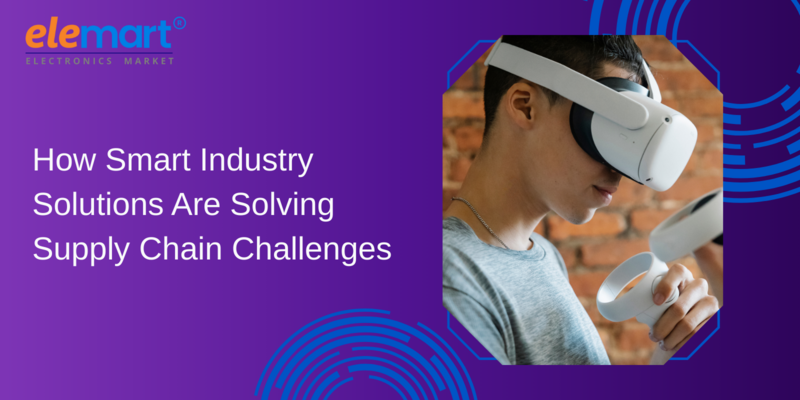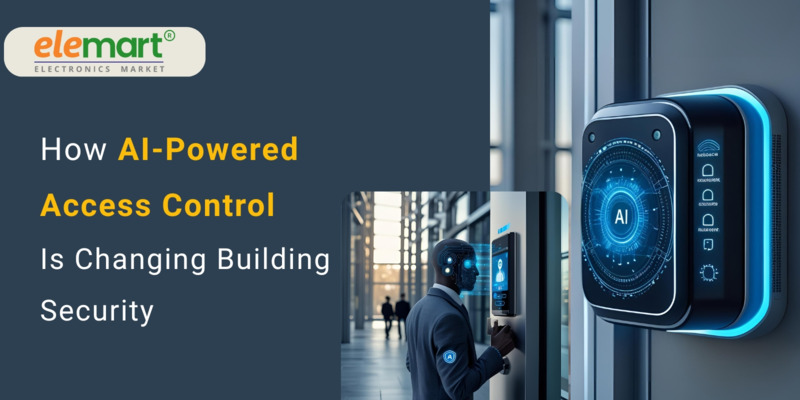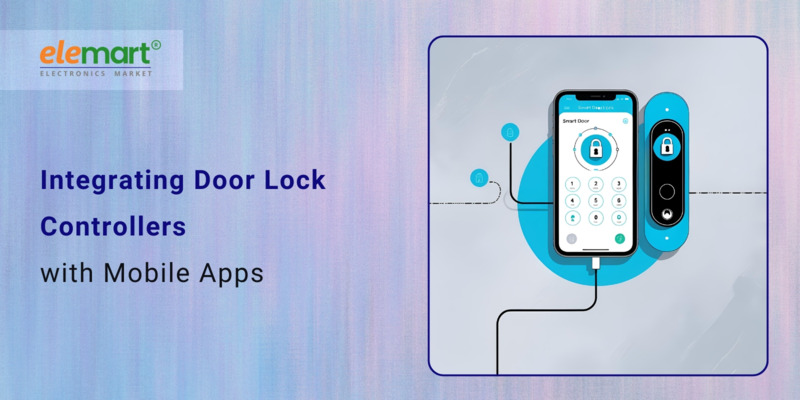- Jun 18, 2025
Share this post on:
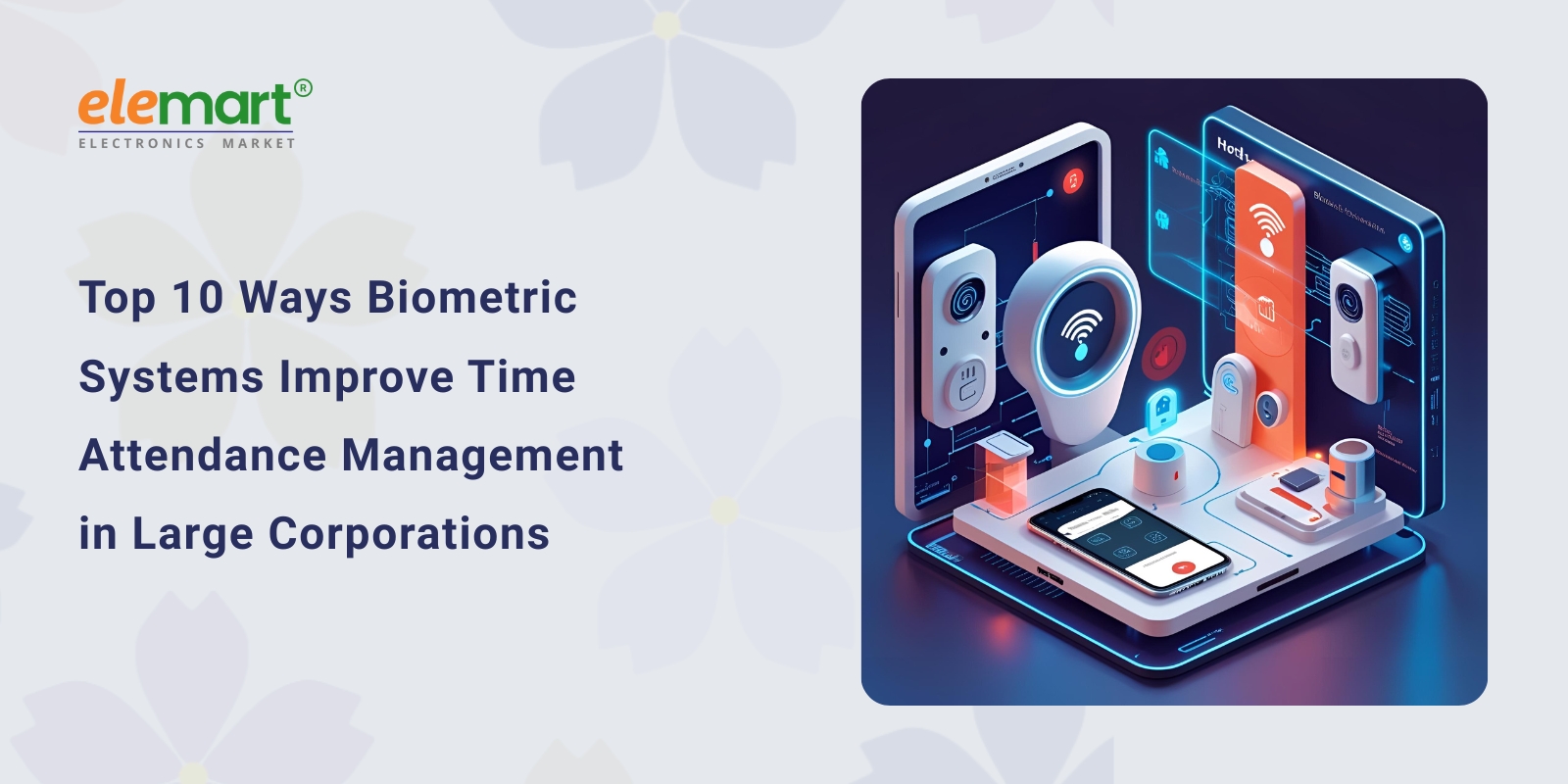
For large corporations, managing employee time and attendance is more than just payroll processing. It's a critical function impacting productivity, compliance, labor costs, and overall operational efficiency. Traditional methods like punch cards and even older digital time clocks are increasingly proving inadequate in the face of complex scheduling, remote work arrangements, and the need for accurate, tamper-proof records. Enter biometric time attendance systems.
Biometrics, the identification and verification of individuals based on their unique biological traits, are transforming how large corporations track employee time. Moving beyond simple clock-in/clock-out, biometric systems offer a layer of security, accuracy, and automation that's simply unmatched. This post will explore the top 10 ways biometric systems are revolutionizing time attendance management in large corporations.
1. Eliminating Time Theft & Buddy Punching
Let's face it: "buddy punching" – where one employee clocks in for another – is a pervasive issue, costing companies significant amounts of money. Traditional systems are easily susceptible to this, creating opportunities for fraudulent timekeeping. Biometric systems, using fingerprints, facial recognition, iris scans, or voice recognition, drastically reduce – and often eliminate – buddy punching. A fingerprint scan, for example, verifies the actual employee present, regardless of intent.
- Impact: Reduced labor costs, improved payroll accuracy, increased employee accountability.
- Visual Suggestion: A graphic illustrating the difference between a traditional punch card system (showing potential for fraud) and a biometric system (showing verified individual).
2. Enhanced Accuracy and Reduced Errors
Manual timekeeping and relying on employee self-reporting are breeding grounds for errors. These errors can lead to incorrect payroll, overpayments, and disputes. Biometric systems automate the process, capturing precise clock-in and clock-out times. This data is less prone to human error and more reliable for payroll processing. Integrated systems can also automatically calculate overtime, breaks, and other time-related calculations.
- Impact: Accurate payroll, reduced administrative overhead, minimized disputes.
- Visual Suggestion: A chart comparing error rates in manual timekeeping versus biometric timekeeping.
3. Improved Compliance with Labor Laws & Regulations
Large corporations operate under a complex web of federal, state, and local labor laws regarding overtime, breaks, and record-keeping. Biometric systems help ensure compliance by automatically tracking work hours and generating accurate records that can be readily used for audits. They offer a detailed audit trail, demonstrating adherence to regulations and minimizing the risk of costly legal battles. Features like break tracking and automated overtime calculation are invaluable in this regard.
- Impact: Reduced legal risks, streamlined audits, improved labor relations.
- Visual Suggestion: A checklist or infographic highlighting common labor law compliance requirements and how biometric systems address them.
4. Streamlined Payroll Processing & Reduced Administrative Burden
Manual payroll processing is a time-consuming and error-prone task. Biometric time attendance systems integrate seamlessly with payroll software, automatically transferring accurate time data, saving HR and payroll departments countless hours. This automation reduces administrative overhead, freeing up resources for more strategic initiatives.
- Impact: Lower administrative costs, faster payroll cycles, increased HR efficiency.
- Visual Suggestion: A workflow diagram illustrating the difference between traditional payroll processing and biometric-integrated payroll processing.
5. Real-Time Data and Enhanced Visibility
Traditional timekeeping often relies on batch processing and delayed reporting. Biometric systems provide real-time data on employee attendance, allowing managers to monitor workforce activity and make informed decisions. This visibility helps identify potential issues, like late arrivals or excessive absenteeism, allowing for proactive intervention.
- Impact: Improved workforce management, proactive problem solving, better resource allocation.
- Visual Suggestion: A dashboard screenshot from a biometric time attendance system, displaying real-time attendance data.
6. Enhanced Security and Access Control
Many biometric systems are integrated with access control systems, combining time attendance with building security. This means that clocking in can also grant access to specific areas of the building, further streamlining the process and enhancing security. This integrated approach minimizes the risk of unauthorized access and improves overall operational safety.
- Impact: Increased security, improved access control, streamlined operations.
- Visual Suggestion: A diagram showing how biometric time attendance integrates with access control systems.
7. Supporting Remote Work and Flexible Scheduling
The rise of remote work has complicated time attendance management. While traditional systems are ill-equipped to handle this new reality, biometric systems, particularly those incorporating geo-fencing or mobile verification, can adapt. Mobile biometric verification allows remote employees to clock in and out using their smartphones, while geo-fencing ensures that clock-ins occur within a defined geographic area.
- Impact: Accommodation of remote work policies, flexible scheduling options, accurate time tracking for all employees.
- Visual Suggestion: A graphic depicting remote employees clocking in using a mobile biometric app with a geo-fence overlay.
8. Improved Employee Accountability and Performance
When employees know their time is being accurately tracked, it fosters a sense of accountability. Biometric systems can motivate employees to be punctual and manage their time effectively. The transparency of the system can also help managers identify employees who may be struggling with time management, allowing for targeted support and training.
- Impact: Increased employee punctuality, improved time management skills, enhanced performance.
- Visual Suggestion: A simple infographic highlighting the benefits of increased employee accountability.
9. Reduced Costs Associated with Paper and Manual Processes
Traditional time attendance methods rely heavily on paper-based records, which consume resources and require significant storage space. Biometric systems eliminate the need for paper timesheets, reducing printing costs, storage fees, and the environmental impact. The digital nature of the data also allows for easier archiving and retrieval.
- Impact: Reduced operating costs, improved environmental sustainability, streamlined record-keeping.
- Visual Suggestion: A comparison chart showing the costs associated with paper-based timekeeping versus digital biometric systems.
10. Scalability to Accommodate Growing Workforce Needs
Large corporations are constantly evolving, and their workforce needs are changing. Biometric time attendance systems are designed to be scalable, easily accommodating growth without requiring significant infrastructure changes. They can handle thousands of employees across multiple locations, making them a valuable asset for organizations of all sizes.
- Impact: Future-proof time attendance solution, adaptable to changing business needs, cost-effective scalability.
- Visual Suggestion: A graphic illustrating the scalability of a biometric system across multiple locations.
Conclusion: The Future of Time Attendance is Biometric
For large corporations facing the challenges of complex labor laws, remote work, and the need for accurate, tamper-proof records, biometric time attendance systems offer a compelling solution. By eliminating time theft, improving accuracy, streamlining payroll, and enhancing compliance, biometric systems deliver a significant return on investment. While the initial implementation cost may seem significant, the long-term benefits – reduced labor costs, improved efficiency, and minimized legal risks – make biometric time attendance a vital investment for the future of workforce management. As technology continues to advance, we can expect to see even more sophisticated biometric solutions emerging, further revolutionizing the way we track and manage employee time.

